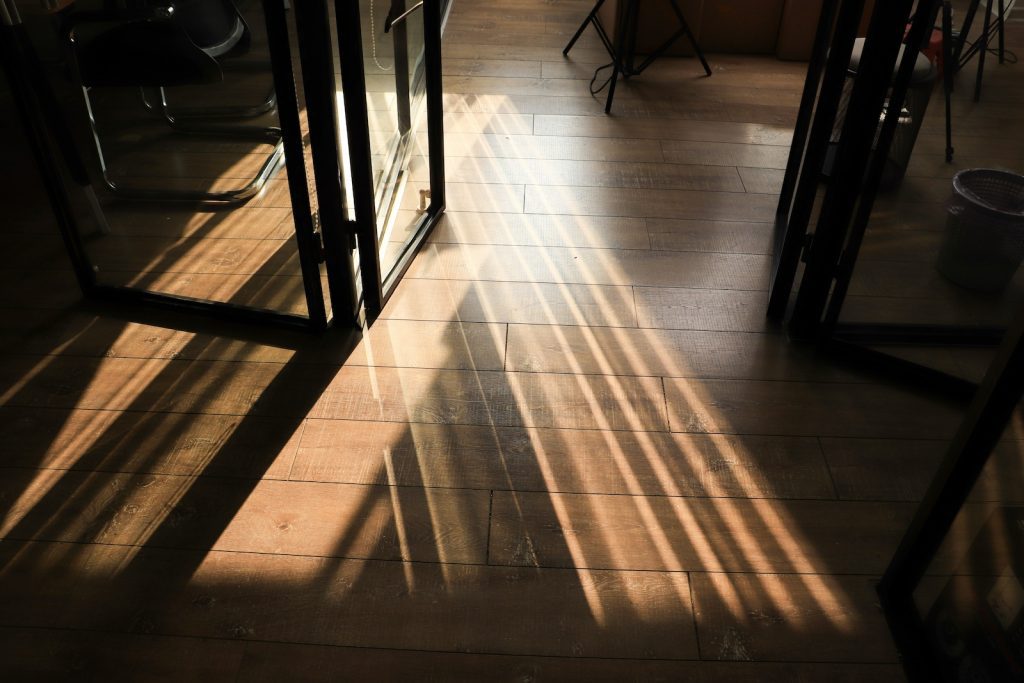Reviving Your Dull or Damaged Timber Floors: A Comprehensive Guide
Timber floors are a popular choice in Australian homes, especially in Sydney, where they add a touch of comfort, warmth, and elegance. However, over time, even the most durable timber floors can start to lose their shine due to wear and tear, improper care, or environmental factors. The good news is that many issues can be repaired, bringing back the natural beauty of your timber floors. Let’s dive into how to identify common types of damage, assess the situation, tackle minor repairs yourself, understand the professional repair process, and take steps to prevent future problems.
Understanding Timber Floor Damage
Despite their resilience, timber floors can suffer from various issues. Common types of damage include:
- Wear and Tear: Regular foot traffic and heavy furniture can wear down the protective finish.
- Water Damage: Leaks or spills can cause discoloration and warping.
- Scratches and Dents: These often come from furniture, pet claws, or high heels.
The protective finish on your timber floors can erode over time, making them vulnerable to these issues.
How to Assess the Damage
Before you begin any repair work, it’s important to evaluate the extent of the damage to choose the right approach:
- Discolouration: This often results from sunlight exposure, spills, or aging. Look for uneven coloring or dark spots on your floor.
- Warping: Warping happens when moisture causes the wood to swell or shrink. Check for gaps between boards, buckling, or cupping.
- Soft Spots: These indicate weakened wood, typically from moisture exposure. Press on different areas of the floor to identify any soft spots that need immediate attention.
DIY Solutions for Minor Issues
If the damage is relatively minor, you might be able to handle it yourself:
- Cleaning and Polishing: Regular cleaning with a mild wood floor cleaner and occasional polishing can help restore and maintain your timber floors.
- Filling Scratches: Use wood filler or wax sticks in a color that matches your floor to fill in minor scratches and dents.
Professional Repair Process
For more significant damage, it’s best to consult a professional timber floor repair service. Here’s what you can expect from a thorough repair process:
- Inspection and Assessment: Experts will carefully inspect your floors to determine the extent of the damage and the best repair methods.
- Sanding and Refinishing: The surface will be sanded to remove imperfections, and a new finish will be applied to restore the protective layer.
- Sealants and Finishes: Finally, sealants and finishes will be used to protect your floors and enhance their appearance.
Preventive Measures to Avoid Damage
To keep your timber floors looking great and avoid future problems, follow these tips:
- Use Area Rugs and Mats: Place these in high-traffic areas and near entrances to protect against scratches and spills.
- Regular Maintenance: Establish a cleaning and inspection routine to catch and address issues early.
- Control Humidity: Maintain a stable indoor humidity level to prevent warping and swelling.
Maintaining and repairing timber floors is key to preserving their aesthetic appeal and functionality. Whether you’re handling minor repairs yourself or enlisting professional help, taking timely action is essential. By understanding potential damage, assessing the situation, and implementing preventive measures, you can enjoy the timeless beauty of your timber floors for years to come.

